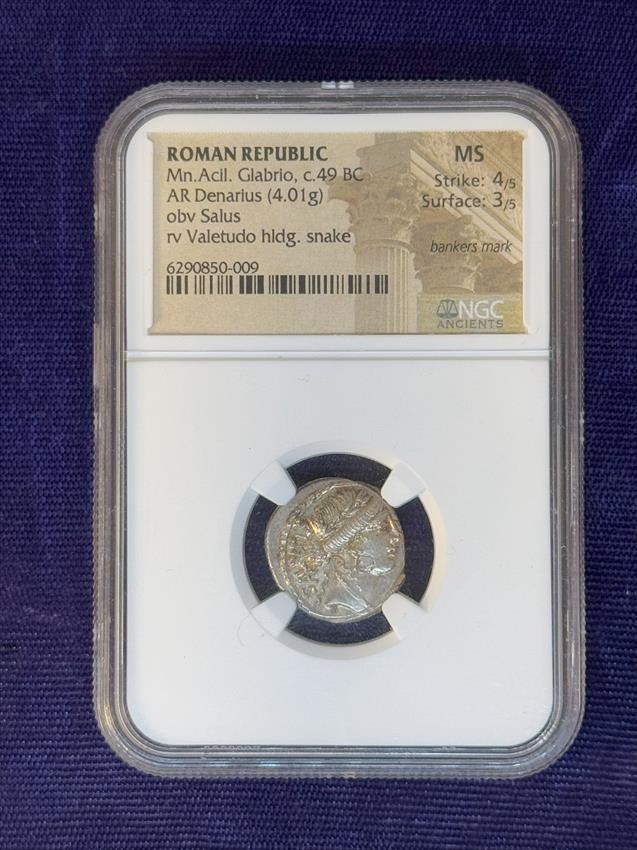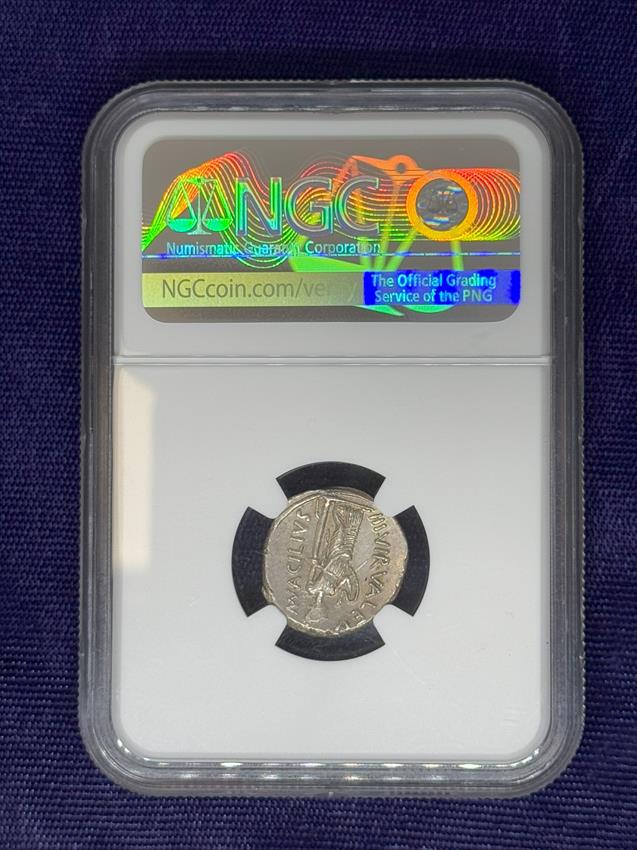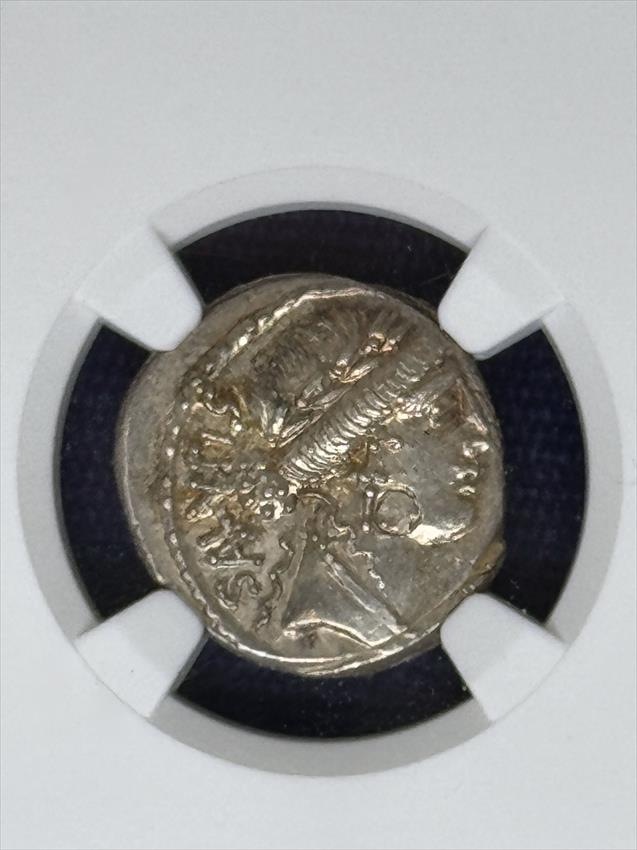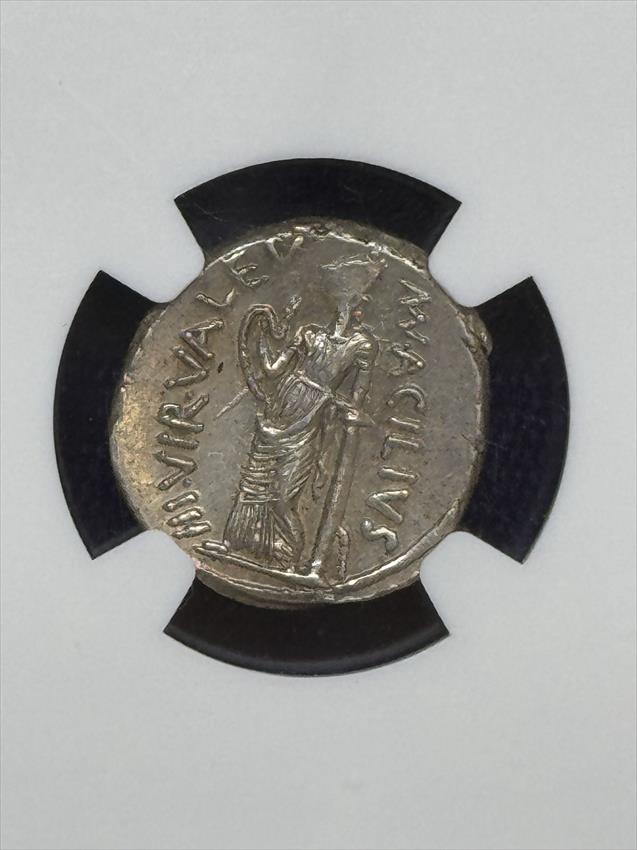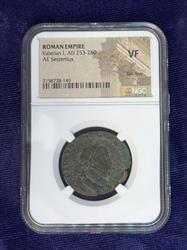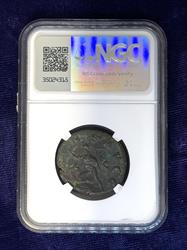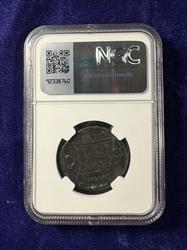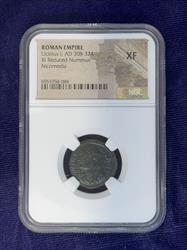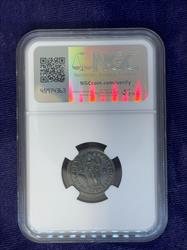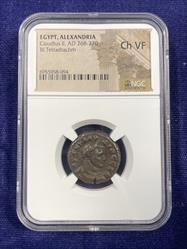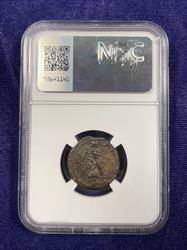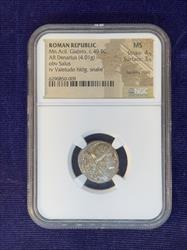
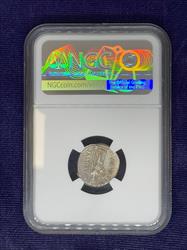
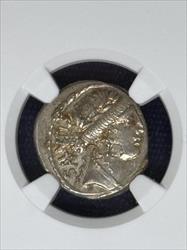
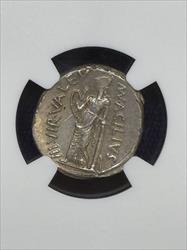
Manius Acilius Glabrio AR Denarius c. 49 BC MS strike 4/5 surface 3/5
$875.00
$903.44
Check/Wire
Credit Card
| Quantity | Check/Wire | Credit Card |
|---|---|---|
| 1+ | 875.00 | 903.44 |
- SKU: BFB005756
- Categories: ANCIENTS ROMAN ROMAN REPUBLIC
The denarius (plural denarii) was the Roman Empire’s benchmark silver coin for over 400 years (c. 211 BC - c. 244 AD).
This coin was minted circa 49 BC. At that time, the Roman Republic was plunging into a civil war. The conflict began when Julius Caesar defied the Roman Senate’s orders to disband his forces after completing a campaign in Gaul. Caesar’s army instead marched on Rome, crossing the Rubicon River, which was an outright act of rebellion. The phrase “crossing the Rubicon” is a nod to this event, signifying a point of no return. The force opposing Caesar was led by Pompey. The war was fought throughout the Republic in its territories of Italia, Graecia, Illyria, Africa, Aegyptus, and Hispania. After a resounding defeat in the Battle of Pharsalus, Pompey’s army was in shambles and many of his supporters surrendered to Caesar. In 44 BC, Caesar was named dictator by the Roman Senate, effectively ending the Roman Republic. Caesar was assassinated shortly after.
This coin was graded MS (mint state) by the Numismatic Grading Company, the official grading service of the American Numismatic Association and the Professional Numismatists Guild. Here is a list of grades used by the NGC, as well as information about Strike, Surface, and Style ratings.
Obverse: SALVTIS, Laureate head of Salus right
Reverse: MN·ACILIVS III·VIR·VALETV (Manius Acilius Triumvir Valetudo, translation: Manius Acilius [Glabrio], [Monetary] Triumvirate, Valetudo), Valetudo standing left, resting left arm on column and holding snake in right hand
Reference: Crawford RRC 442/1a
This coin was minted circa 49 BC. At that time, the Roman Republic was plunging into a civil war. The conflict began when Julius Caesar defied the Roman Senate’s orders to disband his forces after completing a campaign in Gaul. Caesar’s army instead marched on Rome, crossing the Rubicon River, which was an outright act of rebellion. The phrase “crossing the Rubicon” is a nod to this event, signifying a point of no return. The force opposing Caesar was led by Pompey. The war was fought throughout the Republic in its territories of Italia, Graecia, Illyria, Africa, Aegyptus, and Hispania. After a resounding defeat in the Battle of Pharsalus, Pompey’s army was in shambles and many of his supporters surrendered to Caesar. In 44 BC, Caesar was named dictator by the Roman Senate, effectively ending the Roman Republic. Caesar was assassinated shortly after.
This coin was graded MS (mint state) by the Numismatic Grading Company, the official grading service of the American Numismatic Association and the Professional Numismatists Guild. Here is a list of grades used by the NGC, as well as information about Strike, Surface, and Style ratings.
Obverse: SALVTIS, Laureate head of Salus right
Reverse: MN·ACILIVS III·VIR·VALETV (Manius Acilius Triumvir Valetudo, translation: Manius Acilius [Glabrio], [Monetary] Triumvirate, Valetudo), Valetudo standing left, resting left arm on column and holding snake in right hand
Reference: Crawford RRC 442/1a

